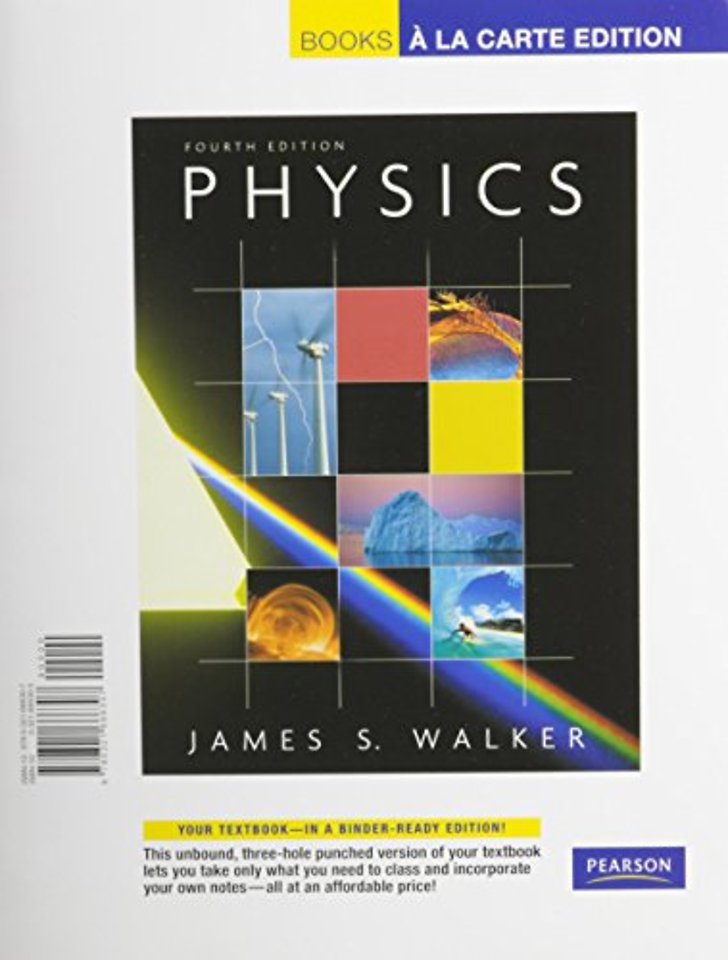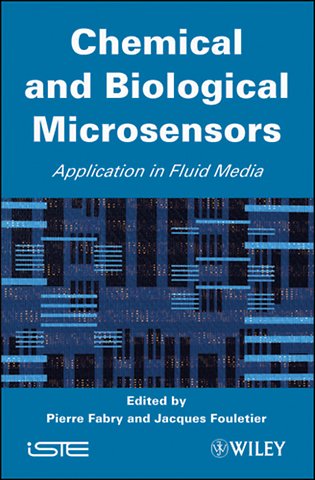Chemical and Biological Microsensors – Applications in Fluid Media
Applications in Fluid Media
Gebonden Engels 2009 9781848211421Samenvatting
This book reviews the state of art in the field of chemical sensors for analyses of ionic or molecular species dissolved in liquid media, mainly in aqueous solutions. The transduction of such devices is based on chemical, biological and physical phenomena. The fundamental phenomena involved in these sensors are described in the different chapters by specialists having a good expertise in the field. Numerous recent bibliographic references are given. Most of the devices could be miniaturised using modern technologies allowing a fabrication on a large scale, for a mass production at low cost. Moreover, such devices could open the field of applications in a near future (environmental, biomedical, food industries, domotic and automotive applications etc.).
Specificaties
Lezersrecensies
Inhoudsopgave
<p>Chapter 1. General Features 1<br /> Bernard MICHAUX</p>
<p>1.1. Definitions 1</p>
<p>1.2. Classification 6</p>
<p>1.3. Specific problems of chemical sensors 14</p>
<p>1.4. Advantages and drawbacks of chemical microsensors 21</p>
<p>1.5. Perspectives 22</p>
<p>1.6. Bibliography 23</p>
<p>Chapter 2. Chemical Sensors: Development and Industrial Requirements 25<br /> Jacques FOULETIER and Pierre FABRY, based on discussions with Jacques FOMBON</p>
<p>2.1. Introduction 25</p>
<p>2.2. Modern research and development (R&D) management methods applied to sensors 26</p>
<p>2.3. Applications and inventory of the needs 33</p>
<p>2.4. New needs and industrial applications 37</p>
<p>2.5. The sensor in the measuring chain 39</p>
<p>2.6. Conclusions and prospects 43</p>
<p>2.7. Bibliography 43</p>
<p>Chapter 3. Sensitivity and Selectivity of Electrochemical Sensors 45<br /> Pierre FABRY and Jean–Claude MOUTET, and translated by J.C. POIGNET and Pierre FABRY</p>
<p>3.1. General concepts 45</p>
<p>3.2. Models for the sensitivity and selectivity of potentiometric sensors 51</p>
<p>3.3. Case of amperometric sensors 64</p>
<p>3.4. Molecular recognition and sensors 68</p>
<p>3.5. Characterization methods 70</p>
<p>3.6. Bibliography 77</p>
<p>Chapter 4. Potentiometric Sensors (Ions and Dissolved Gases) 81<br /> Annie PRADEL and Eric SAINT–AMAN</p>
<p>4.1. Introduction 81</p>
<p>4.2. Membranes 88</p>
<p>4.3. Current developments in potentiometric sensors 99</p>
<p>4.4. Bibliography 109</p>
<p>Chapter 5. Amperometric Sensors 115<br /> Alain WALCARIUS, Chantal GONDRAN and Serge COSNIER</p>
<p>5.1. Sensors based upon chemically modified electrodes 115</p>
<p>5.2. Amperometric biosensors 138</p>
<p>5.3. Bibliography 160</p>
<p>Chapter 6. ISFET, BioFET Sensors 173<br /> Nicole JAFFREZIC–RENAULT and Claude MARTELET, translated by Claude MARTELET</p>
<p>6.1. Structure of ISFET sensors 173</p>
<p>6.2. Techniques used for ISFET fabrication and operation 180</p>
<p>6.3. ISFET membranes 183</p>
<p>6.4. Detection of molecular species 187</p>
<p>6.5. BioFETs 193</p>
<p>6.6. Commercial devices 197</p>
<p>6.7. Conclusion and perspectives 201</p>
<p>6.8. Bibliography 202</p>
<p>Chapter 7. Biosensors and Chemical Sensors Based Upon Guided Optics 209<br /> Jean–Pierre GOURE and Loïc BLUM</p>
<p>7.1. Introduction 209</p>
<p>7.2. Definitions 210</p>
<p>7.3. Principles of optical microsensors 213</p>
<p>7.4. Optical fiber biosensors 220</p>
<p>7.5. Perspectives and conclusions 229</p>
<p>7.6. Bibliography 229</p>
<p>Chapter 8. Sensors and Voltammetric Probes for In Situ Monitoring of Trace Elements in Aquatic Media 233<br /> Marie–Louise TERCIER–WAEBER and Jacques BUFFLE</p>
<p>8.1. Introduction 233</p>
<p>8.2. Basic principles of the voltammetric techniques and of their applications to analysis of water 235</p>
<p>8.3. Voltammetric techniques used for the analysis of trace elements in waters 244</p>
<p>8.4. Development of reliable submersible voltammetric probes 247</p>
<p>8.5. Submersible voltammetric probes reported in the literature 264</p>
<p>8.6. Conclusion 273</p>
<p>8.7. Bibliography 275</p>
<p>Chapter 9. Chemometrics 287<br /> Philippe BREUIL</p>
<p>9.1. Introduction 287</p>
<p>9.2. A particular case: the linear case 290</p>
<p>9.3. Least squares methods: non–linear case 302</p>
<p>9.4. Neural networks 303</p>
<p>9.5. Conclusion 305</p>
<p>9.6. Bibliography 306</p>
<p>Chapter 10. Impedancemetric Sensors 307<br /> Jacques FOULETIER and Pierre FABRY</p>
<p>10.1. Introduction 307</p>
<p>10.2. Fields of application 307</p>
<p>10.3. Conductivity of liquid media 310</p>
<p>10.4. Impedance of first kind cell (direct measurement) 313</p>
<p>10.5. Cell configurations and sources of error 317</p>
<p>10.6. Second kind cells 326</p>
<p>10.7. Summary of practical precautions 328</p>
<p>10.8. Bibliography 329</p>
<p>List of Authors 331</p>
<p>Index 335</p>
Rubrieken
- advisering
- algemeen management
- coaching en trainen
- communicatie en media
- economie
- financieel management
- inkoop en logistiek
- internet en social media
- it-management / ict
- juridisch
- leiderschap
- marketing
- mens en maatschappij
- non-profit
- ondernemen
- organisatiekunde
- personal finance
- personeelsmanagement
- persoonlijke effectiviteit
- projectmanagement
- psychologie
- reclame en verkoop
- strategisch management
- verandermanagement
- werk en loopbaan

